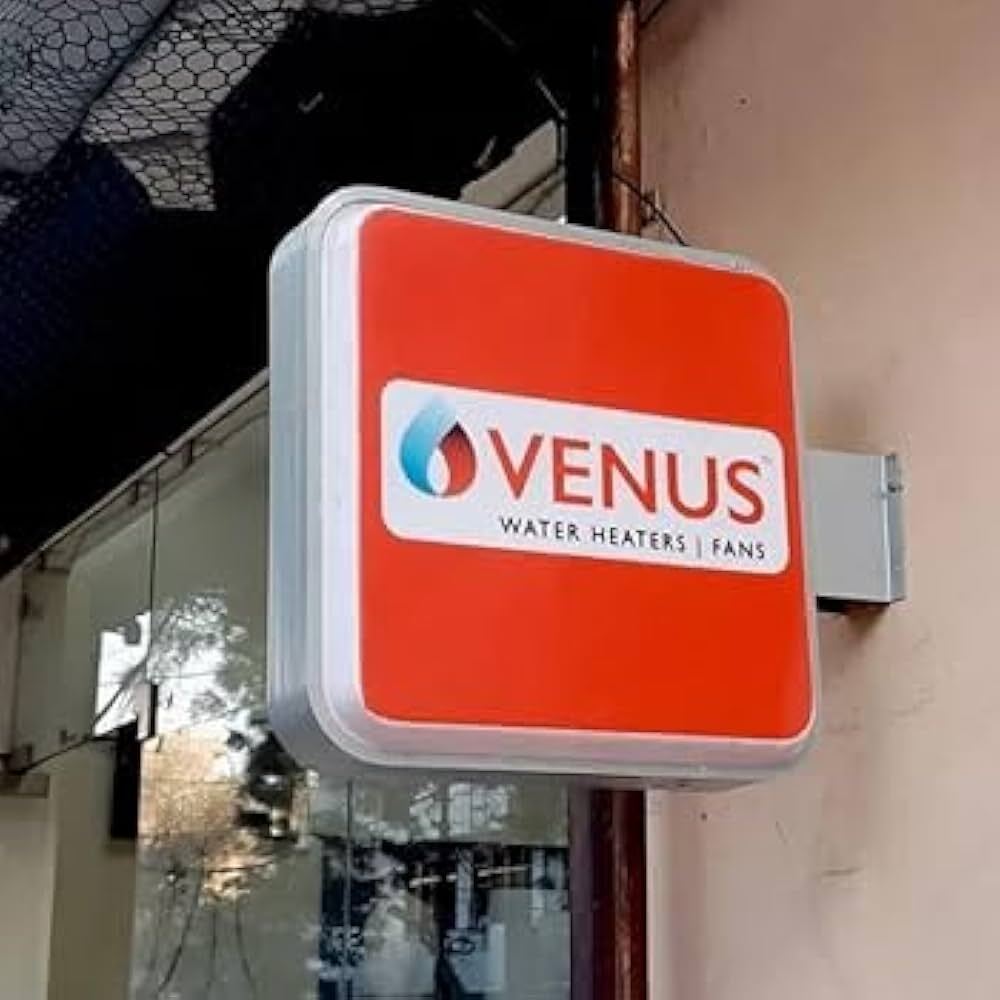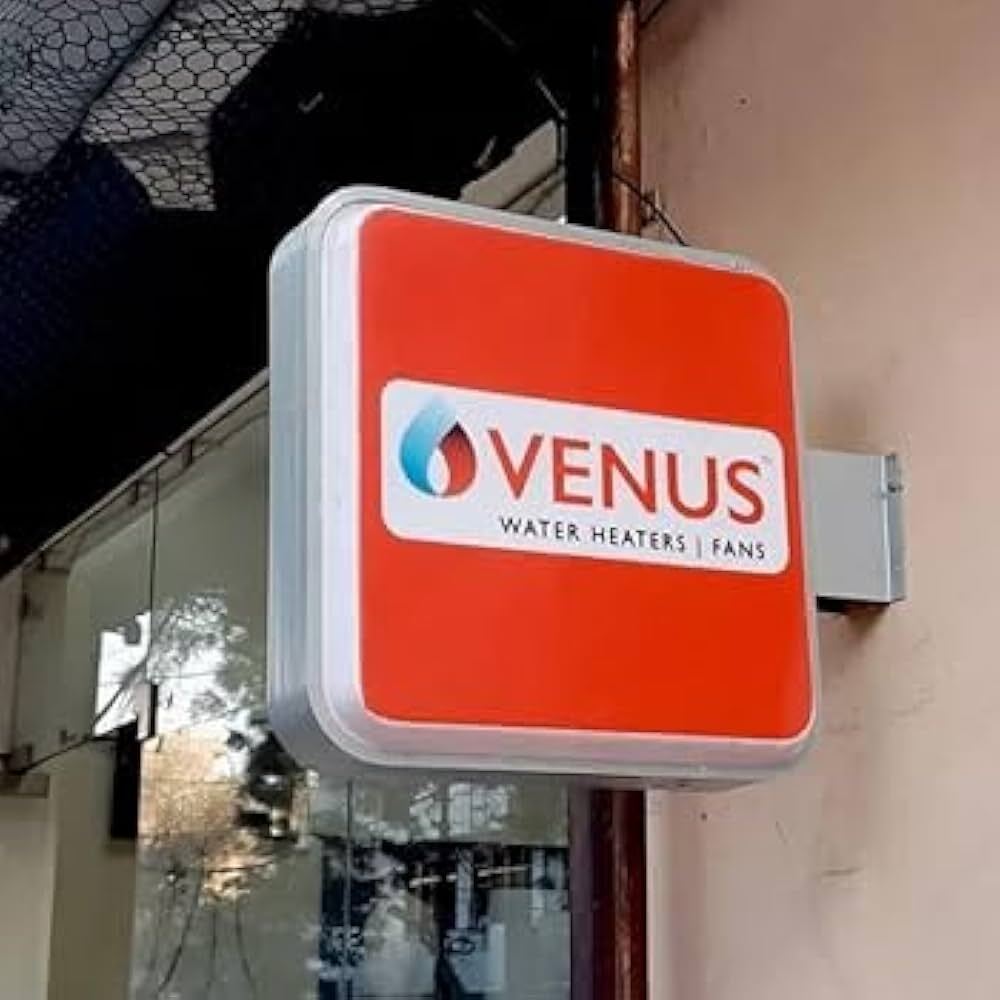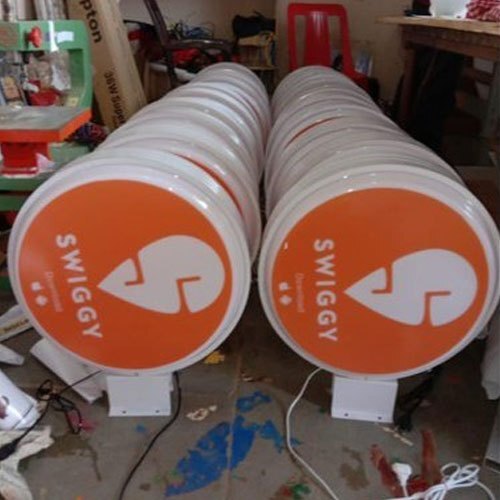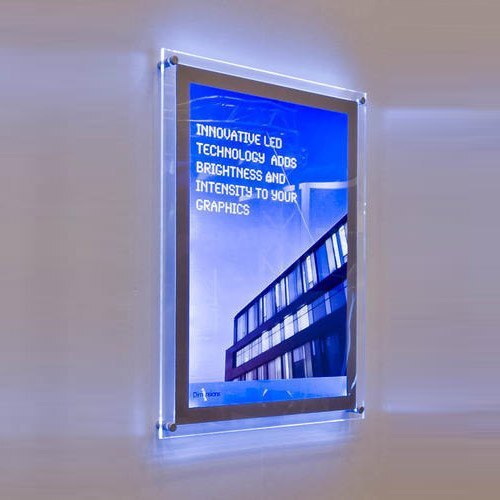LED Display Flange
LED Display Flange Specification
- Input Voltage
- AC 110V/220V Volt (V)
- Control Mode
- Synchronous/Asynchronous Control Mode
- Application
- Advertising, Information Display, Public Announcement
- View Angle
- 120 (Horizontal) / 120 (Vertical)
- Size
- Standard or custom flange size options
- LED Type
- SMD 3-in-1 LED
- Tube Chip Color
- Full Color
- Protection Level
- Other
- Usage
- Outdoor/Indoor
- Screen Dimension
- Customizable (Usually stated as per user requirement)
- Working Temperature
- -20C to +60C Celsius (oC)
- Display Function
- Graphics, Video, Text message display
LED Display Flange Trade Information
- Minimum Order Quantity
- 1 Piece Foot
- Supply Ability
- 5000 Feet Per Month
- Delivery Time
- 7 Days
About LED Display Flange
LED display signage refers to digital signs that use light-emitting diodes (LEDs) to display content such as text, images, animations, or video. These displays are used for various purposes including advertising, public information, announcements, and entertainment. They are often seen in locations like airports, shopping malls, sports arenas, highways, and retail stores due to their high visibility, energy efficiency, and ability to deliver dynamic content.
LED displays can be categorized based on their application, such as:
-
Outdoor LED Displays:
-
Used for large-scale advertisements, billboards, or public information boards.
-
Built to be weatherproof and capable of handling sunlight exposure.
-
Commonly used on highways, stadiums, or commercial buildings.
-
-
Indoor LED Displays:
-
Found in venues like retail stores, offices, malls, or theaters.
-
Often used for promotional purposes or wayfinding.
-
-
LED Video Walls:
-
Composed of multiple LED panels arranged together to create a large video screen.
-
Used for events, concerts, trade shows, and control rooms.
-
-
Transparent LED Displays:
-
Made of transparent materials, allowing the sign to be visible while maintaining a clear view of the area behind it.
-
Used in windows or architectural designs.
-
-
Scoreboards & Informational Displays:
-
Used in sports venues to show scores, game information, or advertisements.
-
Can be customized to meet specific needs for size, content, and design.
-
LED displays offer several benefits, such as:
-
High Brightness & Visibility: They perform well in both low and bright light environments.
-
Energy Efficiency: LEDs consume less power than traditional signage.
-
Long Lifespan: They can last tens of thousands of hours.
-
Flexible Content: Easy to change or update content remotely or on-site.
-
High Quality & Resolution: Offer crisp, sharp images and text, even at large sizes.
Versatile and Durable Construction
Our LED Display Flange features robust steel or aluminum construction with a protective anti-corrosive finish, ensuring long-term reliability in various environments. Designed for both indoor and outdoor settings, this display system can withstand harsh weather thanks to its IP65 rating and supports custom flange and screen sizes to fit unique project requirements.
High-Performance Visual Experience
Equipped with high-brightness SMD 3-in-1 LEDs, the display guarantees superb visibility even in direct sunlight. With pixel pitches of P6, P8, or P10, a wide 120 viewing angle, and a refresh rate exceeding 1920Hz, viewers enjoy vivid, smooth, and flicker-free images and videos, ideal for advertising, public information, or announcements.
Effortless Connectivity and Maintenance
The unit provides Ethernet, WiFi, and USB connectivity options, making content uploads and management convenient. Available control modes include both synchronous and asynchronous operation. Maintenance is streamlined by offering access from the front or rear of the display, supporting uninterrupted operations and minimizing downtime.
FAQs of LED Display Flange:
Q: How do I install the LED Display Flange, and what are the mounting options?
A: The LED Display Flange is designed for versatile installation using flange-supported wall or surface mounts. These methods ensure a secure and stable fit, suitable for both indoor and outdoor locations. Detailed installation guides and custom flange size options are available to accommodate unique site requirements.Q: What are the pixel pitch options, and how do they affect display clarity?
A: This display offers pixel pitches of P6, P8, and P10, with further customization possible upon request. Pixel pitch determines the density of LEDsthe smaller the pitch, the higher the resolution and image clarity, making P6 suitable for closer views and P10 appropriate for larger, distant displays.Q: Where can the LED Display Flange be used, and what applications does it support?
A: With its robust, weatherproof (IP65) design and high-brightness output, the display flange is ideal for diverse environments such as outdoor advertising hoardings, public information systems, indoor commercial centers, and public announcements. Its flexibility in dimension and mounting supports various uses across industries.Q: What kind of connectivity and control options are available for this LED display?
A: The display supports Ethernet, WiFi, and USB connections, allowing easy content updates and remote management. Control can be synchronous (real-time) or asynchronous (pre-scheduled), optimizing usage according to operational preferences. Compatibility with Windows and Linux systems further enhances integration flexibility.Q: How is maintenance carried out, and what service access options are provided?
A: Maintenance is designed for convenience, offering both front and rear access configurations depending on your installation. This allows technicians to quickly service the display without dismantling entire assemblies, reducing downtime and maximizing display uptime and reliability.Q: What are the benefits of choosing a high-brightness, high-refresh LED display for outdoor communication?
A: High-brightness displays (up to 8000 nits) ensure content remains readable in direct sunlight, while a refresh rate of over 1920Hz provides smooth, flicker-free visuals. These features enhance viewer engagement, making your advertising or announcements stand out in even the most challenging lighting conditions.






Price:
- 50
- 100
- 200
- 250
- 500
- 1000+

